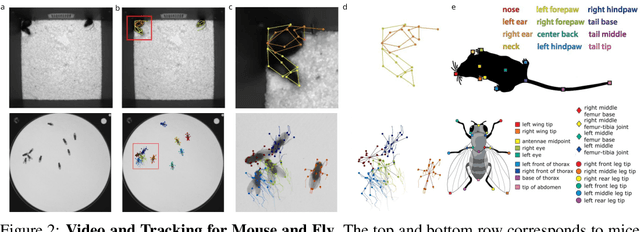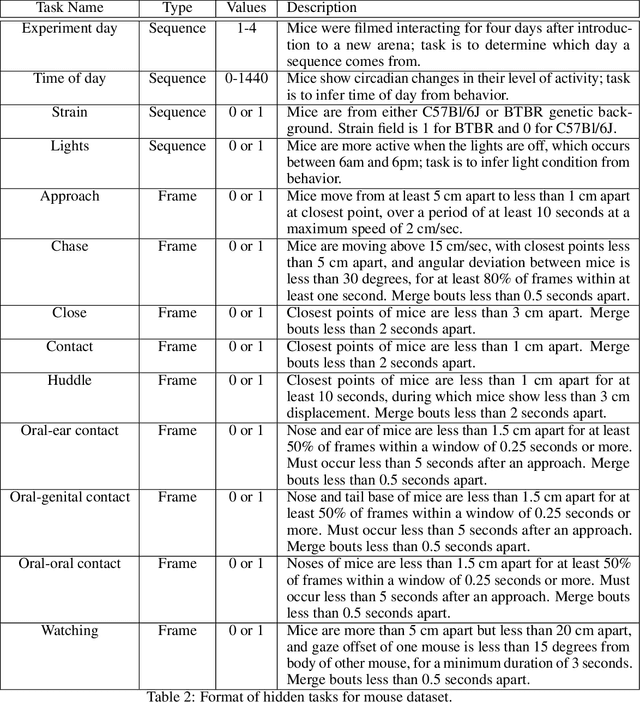Heng Jia
Multi-Modal Representation Learning with Self-Adaptive Thresholds for Commodity Verification
Aug 24, 2022



Abstract:In this paper, we propose a method to identify identical commodities. In e-commerce scenarios, commodities are usually described by both images and text. By definition, identical commodities are those that have identical key attributes and are cognitively identical to consumers. There are two main challenges: 1) The extraction and fusion of multi-modal representation. 2) The ability to verify whether two commodities are identical by comparing the distance between representations with a threshold. To address the above problems, we propose an end-to-end identical commodity verification method based on self-adaptive thresholds. We use a dual-stream network to extract commodity embeddings and threshold embeddings separately and then concatenate them to obtain commodity representation. Our method is able to obtain different thresholds according to different commodities while maintaining the indexability of the entire commodity representation. We experimentally validate the effectiveness of our multimodal feature fusion and the advantages of self-adaptive thresholds. Besides, our method achieves an F1 score of 0.8936 and takes the 3rd place on the leaderboard for the second task of the CCKS-2022 Knowledge Graph Evaluation for Digital Commerce Competition. Code and pretrained models are available at https://github.com/hanchenchen/CCKS2022-track2-solution.
The MABe22 Benchmarks for Representation Learning of Multi-Agent Behavior
Jul 21, 2022



Abstract:Real-world behavior is often shaped by complex interactions between multiple agents. To scalably study multi-agent behavior, advances in unsupervised and self-supervised learning have enabled a variety of different behavioral representations to be learned from trajectory data. To date, there does not exist a unified set of benchmarks that can enable comparing methods quantitatively and systematically across a broad set of behavior analysis settings. We aim to address this by introducing a large-scale, multi-agent trajectory dataset from real-world behavioral neuroscience experiments that covers a range of behavior analysis tasks. Our dataset consists of trajectory data from common model organisms, with 9.6 million frames of mouse data and 4.4 million frames of fly data, in a variety of experimental settings, such as different strains, lengths of interaction, and optogenetic stimulation. A subset of the frames also consist of expert-annotated behavior labels. Improvements on our dataset corresponds to behavioral representations that work across multiple organisms and is able to capture differences for common behavior analysis tasks.
 Add to Chrome
Add to Chrome Add to Firefox
Add to Firefox Add to Edge
Add to Edge